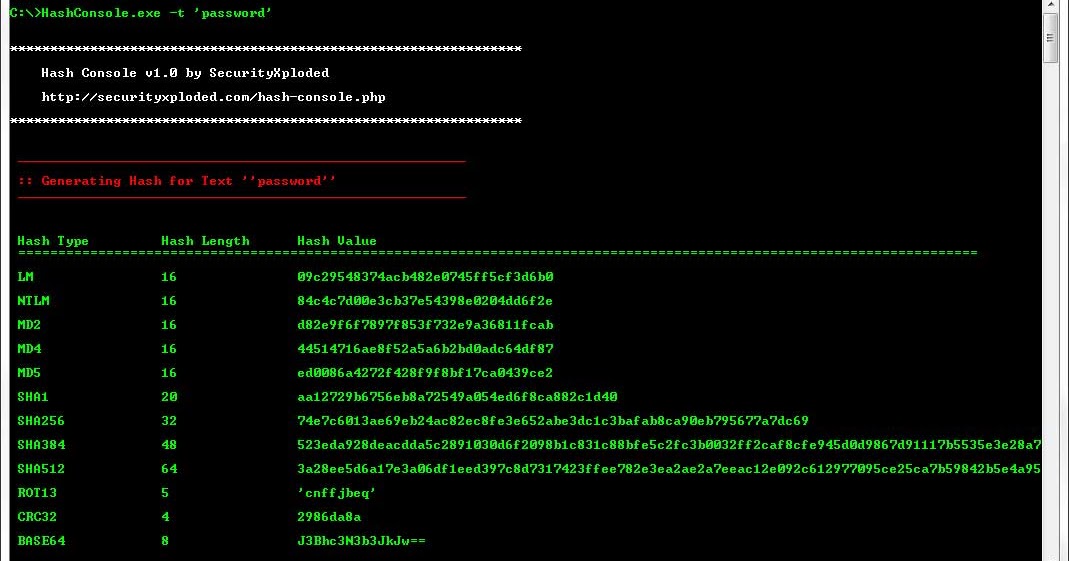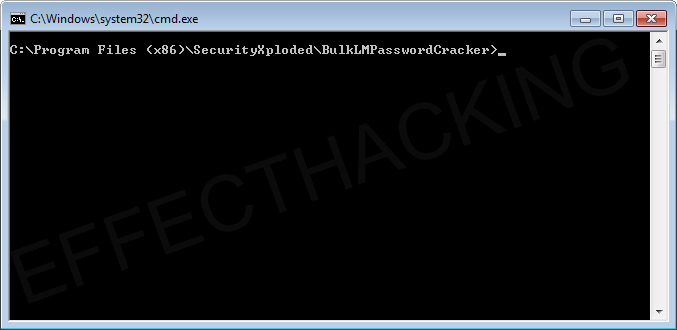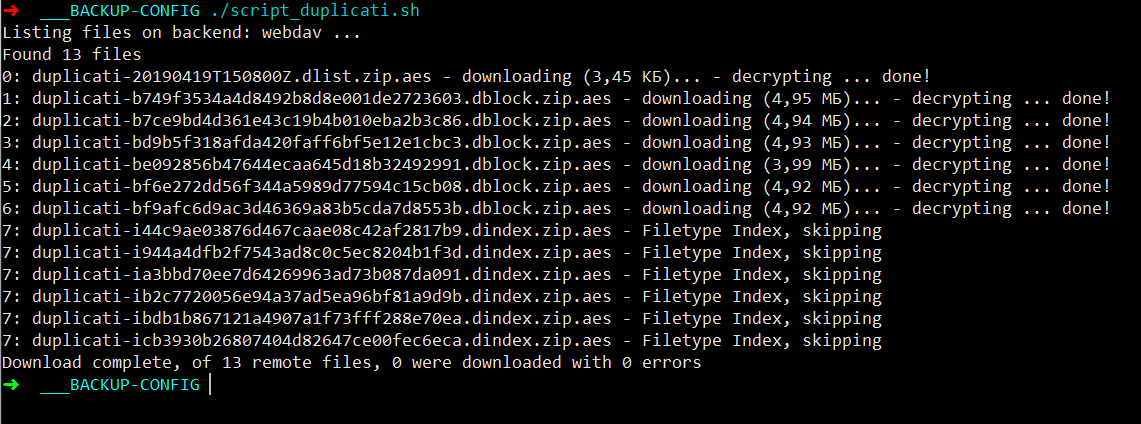

In 7-Zip setup doesn’t enable the option already, you can turn it on by clicking the Tools menu, clicking Options and enabling the CRC SHA > option under the Context menu items: listing. 7-Zip is a widely used software and it’s most likely that you may have installed it on your computer. The popular compression utility 7-Zip has a feature that can compute the CRC or SHA checksums via the right-click menu. It adds the HashMyFiles option to the context menu for files and folders. HashMyFiles can also be launched from the context menu of Windows Explorer, and display the MD5, SHA256, SHA384, SHA512 hashes of the selected file or folder.įrom the Options menu, click Enable Explorer Context Menu option to enable it. You can easily copy the MD5/SHA1 hashes list into the clipboard, or save them into text/HTML/XML file. HashMyFiles is small utility from Nirsoft that allows you to calculate the MD5 and SHA1 hashes of one or more files in your system. This is how the output will look like when running it from Command Prompt.Ĭertutil.exe supports the MD2 MD4 MD5 SHA1 SHA256 SHA384 SHA512 hashing algorithms.Īnother way to get the file hash via context menu is by using a third-party utility like HashMyFiles. The above script uses the built-in certutil.exe to generate file hash, by running the command and redirecting its output to the clipboard using Clip.exe: certutil -hashfile file_name SHA256 Note: To remove the context menu entry, double-click the file to run it. Open Notepad and paste the file hash stored in the clipboard. It adds the Get File Hash command in the context menu.Ĭlicking on the menu item computes the SHA256 hash and copies it to the Clipboard automatically.

SCmd = "cmd.exe /c certutil.exe -hashfile " & sFileName & " SHA256" & _ SCmd = "reg.exe delete HKCU\Software\Classes\*\shell\gethash" & " /f" WshShell.RegWrite "HKCU\Software\Classes\*\shell\gethash\command\", sCmd, "REG_SZ" WshShell.RegWrite "HKCU\Software\Classes\*\shell\gethash\", "Get File Hash", "REG_SZ" StrInput = InputBox("Type ADD to add the Get File Hash context menu item, or REMOVE to remove the item", "ADD") Set WshShell = WScript.CreateObject("WScript.Shell") 'Created: Jby Ramesh Srinivasan - ĭim WshShell, sOut, sFileName, sCmd, oExec, strInput 'SHA256 hash for the file is copied to the clipboard automatically vbs extension – e.g., get-hash-certutil.vbs in a permanent folder. Copy the following VBScript code to Notepad.If you want to implement Certutil.exe in your right-click menu, here is a VBScript that exactly does it. The following command-line syntax is to be used to calculate the SHA256 checksum of a file using Certutil.exe from a Command Prompt window. You can use Certutil.exe to compute file checksum using various hashing algorithms. reg file Windows Registry Editor Version 5.00Ĭertutil.exe is a built-in command-line program that is installed as part of Certificate Services.

To remove the context menu option you added, use this undo. The command launches PowerShell, which in turn generates the file hash and copies it to the clipboard automatically. Now, right-click on a file and click Get File Hash command in the context menu.reg file to apply the contents to the registry. For more information, see the article How to create and use. Copy the above lines to Notepad and make a.reg file: Windows Registry Editor Version File -WindowStyle Minimized -command get-filehash -literalpath '%1' -algorithm SHA256 | fl | clip" To add the PowerShell command to the right-click menu for files, here is a. To copy the output to the clipboard, pipe the output to the clip command, as below: get-filehash -path "C:\Users\ramesh\Desktop\reinstall-preinstalledApps.zip" | format-list | clip Integrate the command to the right-click menu The acceptable values for the -Algorithm parameter are: To use any other algorithm - e.g., SHA384, you can add the -Algorithm SHA384 parameter to the above command-line.Įxample: get-filehash -path "C:\Users\ramesh\Desktop\reinstall-preinstalledApps.zip" -Algorithm SHA384 | format-list Path : C:\Users\ramesh\Desktop\reinstall-preinstalledApps.zip This outputs the file hash (by default, it uses the SHA256 algorithm) as shown below: Here is the command-line example: get-filehash -path "C:\Users\ramesh\Desktop\reinstall-preinstalledApps.zip" | format-list Using Windows PowerShell ( powershell.exe), you can quickly get the file hash with a single command-line. Using HashTools Get File Hash Checksum via the Right-click Menu in Windows Using PowerShell.Using Certutil.exe (built-in to Windows).


 0 kommentar(er)
0 kommentar(er)
